![]()
|
Joseph
Clementson
|
Location and period of operation:
|
J
Clementson |
Shelton |
1839 |
1864 |
|
|
Previously: Read & Clementson
Subsequently: Clementson Brothers
CLEMENTSON, Joseph (1794-1871), pottery manufacturer, Hanley.
Joseph Clementson was born on 15 July 1794 at Carrigill, Cumberland. He came to the Potteries in 1811 and worked first as a collier, In 1820 he apprenticed himself to J. and W. Ridgway, and by 1832 was able to set up his own business at the Phoenix Works, Shelton, in partnership with Jonah Read.
The partnership ended in 1839. JC continued on his own, enlarging the works in 1845 and also buying the Bell Works in 1856. Early on in his partnership with Reed JC had travelled to Canada, and this laid the foundation for a successful commercial career. He retired from business in 1867 in favour of his four sons and his son-in-law, Edward Baxter, minister at Bethesda chapel, Hanley, who had married his youngest daughter Lucy.
JC served as chief bailiff of Hanley 1849-51, being unsuccessful in his promotion of the adoption by Hanley of the Public Health Act. He was an early advocate of amalgamation of the Potteries towns.He married Martha Phillips in 1816 and had eight children. He was a member of Bethesda New Connexion church. He died at Prospect House, Shelton, in 1871. His name is continued in Clementson's Mill car park, off Clough Street, Hanley.
Francis Clementson, in 1834 a contractor of Joiners' Square, Hanley, and an elder brother of JC, is buried in Bethesda churchyard.
Sources: IGI Staffs; Jewitt; Staffs. Advertiser 26 August1871; Townley. People of the Potteries.
Mr. JOSEPH CLEMENTSON, High-Street, Shelton (Earthenware) No. 95. Charles Perry, aged 13 I have worked for Mr. Clementson two years, and run moulds for William Trowton all the time. I sometimes wedge clay. Can't read or write, never been to Sunday-school much; went to day-school for a little while when I was younger, and left to go to work.
William Trowton pays me 4s. a week; we work regular six days in the week; master has always got work for us to do. I come sometimes at half past five, sometimes at six, and begin to light the fire. William Trowton gives me now and then 3d. more than my wages if I am a good boy; he sometimes scolds if I am a bad boy, he never yet flogged me.
I've got no father, got a mother, her's a painter by trade, but she's getting old. I've got one sister, and four brothers, all working as potters; we all live at home, and keep mother amongst us. I go home to dinner. and get sometimes bacon and potatoes.
I have very good health, and like my trade, sometimes it is too heavy.
Scriven's 1840 report on Child Labour
includes reports on this Potworks &
testimony from the workers
|
Typical ware: "This firm made printed wares for the home market but also exported to Canada and the U.S.A." "Many printed wares were made in colours other than blue. Some of the wares were of very good quality, well potted and clearly printed." The Dictionary of Blue and White Printed Pottery" Coysh & Henrywood. White ironstone and granite ware was also made, particularly for export to North America. Many of the popular patterns/designs produced by Joseph Clementson were continued by the subsequent Clementson Brothers.
|
plate by Joseph Clementson in the Claremont pattern
this plate carries the registration mark for 30th June 1856
lidded tureen and stand in the Lucerne pattern
Trio of cup, saucer & plate in the Tillenberg pattern
Parisian Groups pattern
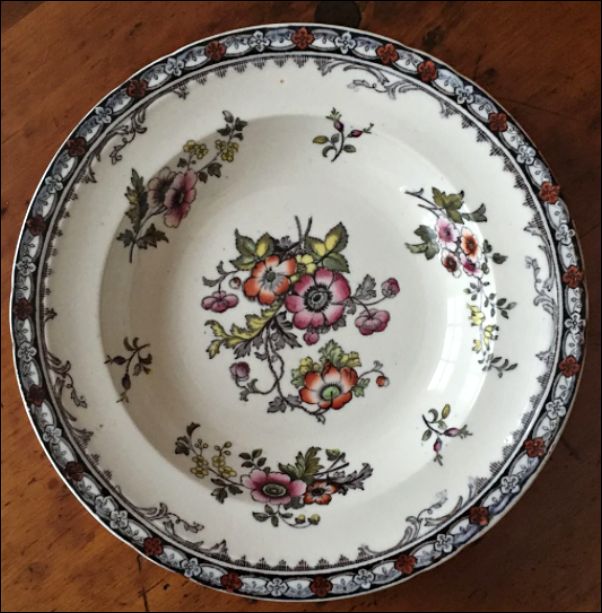 bowls in the Parisian Groups pattern - printed and hand coloured this pattern was continued by Clementson Brothers |
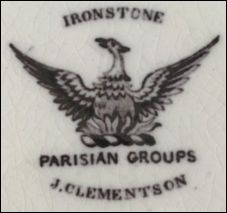 Ironstone Parisian Groups J. Clementson |
Oriental
|
|
(printed)
Shelton (impressed)
'Opaque
Pearl' is the body name
|
photo source: online marketplace - EBay.co.uk
Eastern Sketches series
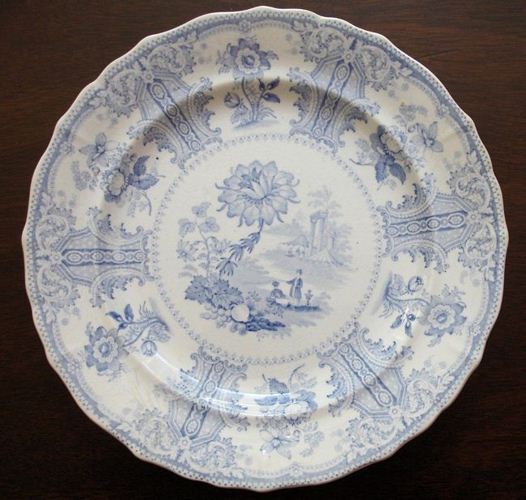
plate and platter from the Eastern Sketches series
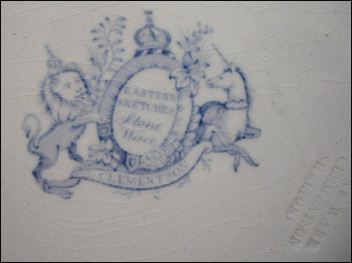 Eastern Sketches Stone Ware Clementson this plate also bears an impressed mark |
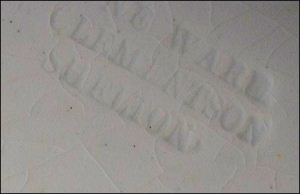 Stone Ware Clementson Shelton SHELTON is the area of the town of Hanley where the factory was located |
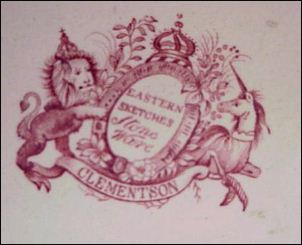 Eastern Sketches Stone Ware Clementson |
| In 1857 the townships of Hanley and Shelton, forming a portion of the parish of Stoke-upon-Trent, were incorporated to constitute the municipal borough of Hanley. So marks with the SHELTON name were prior to 1857 and those with HANLEY are after. |
Prairie Shape
ironstone
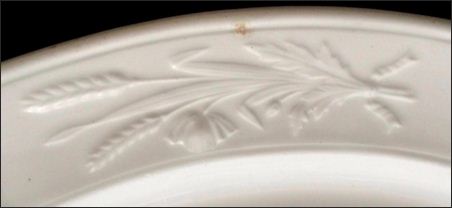
|
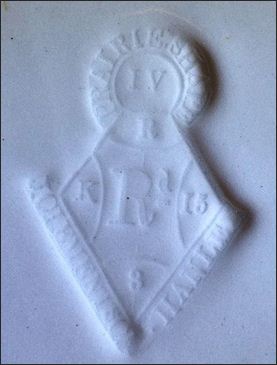 PRAIRIE SHAPE J. CLEMENTSON HANLEY the registration diamond shows that the
design was registered on the |
|
|
Clementson produced both plain white ware and also ware with the tea-leaf pattern in the Prairie Shape. |
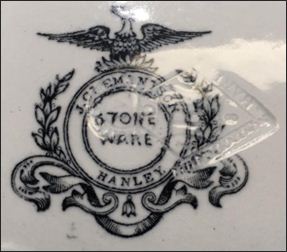
J Clementson Stone Ware Hanley printed mark for Joseph Clementson with the registration diamond for the Prairie Shape |
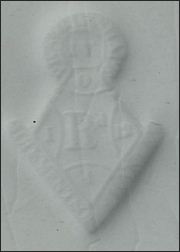 registration diamond for the Prairie Shape - in this case the registration date is the 12th July 1862 |
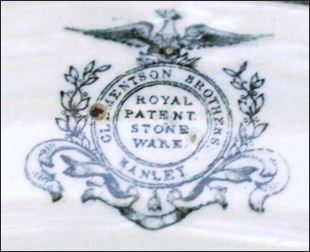
Clementson Brothers Royal Patent Stone Ware Hanley printed mark for Clementson Brothers
- c.1865-1910 |
various marks used on
ware in the Prairie Shape
Marks & initials used on ware for identification:
JC
IC
J. Clementson
|
'Claremont' is the pattern name the registration diamond give the date 30th June 1856 for the registration of the pattern |
'Sydenham' is the name of the body shape |
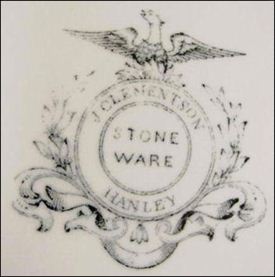
J Clementson
Stone
Ware
Hanley
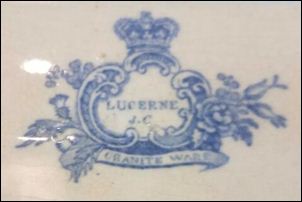
Lucerne
J C
Granite Ware
'Lucerne' is the pattern name
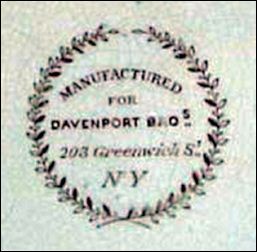 Manufactured for Davenport Bros 203 Greenwich St N Y |
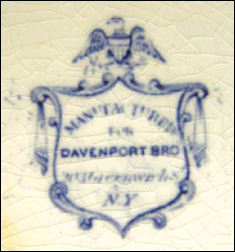 Manufactured for Davenport Bros 203 Greenwich St N Y |
| The Davenport Brothers,
of New York, USA, were importers of Joseph Clementson ware and began selling his wares around 1842
(Kowalsky 1999:150).
Clementson had other importers including Evans and Hill in Concord, New Hampshire (Snyder 1997:45). |
|
|
Morfenix Ware It was certainly produced by Joseph Clementson and incorporates the Phoenix mark which was used on other ware in conjunction with the Clementson name.
|
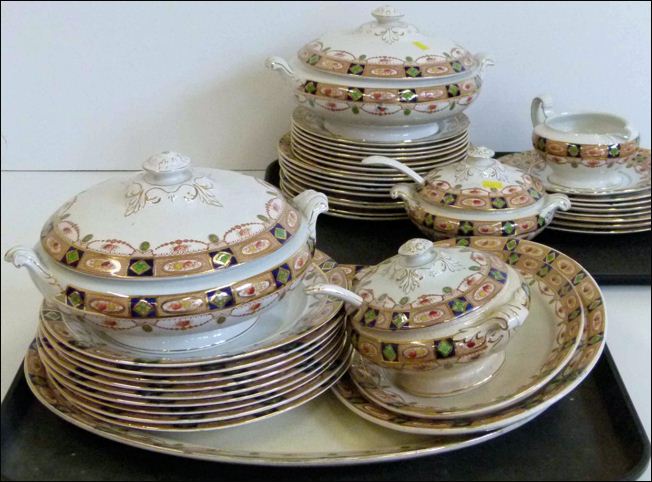 Dinner set in the Jewel Pattern pattern in the Imari
style
|
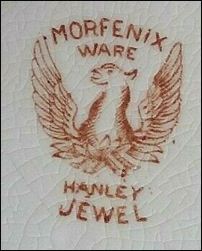 Morfenix Ware Hanley Jewel |
|
source
acknowledgement: |
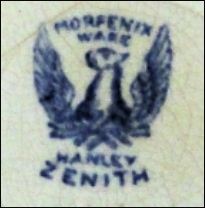 Morfenix Ware Hanley Zenith
|
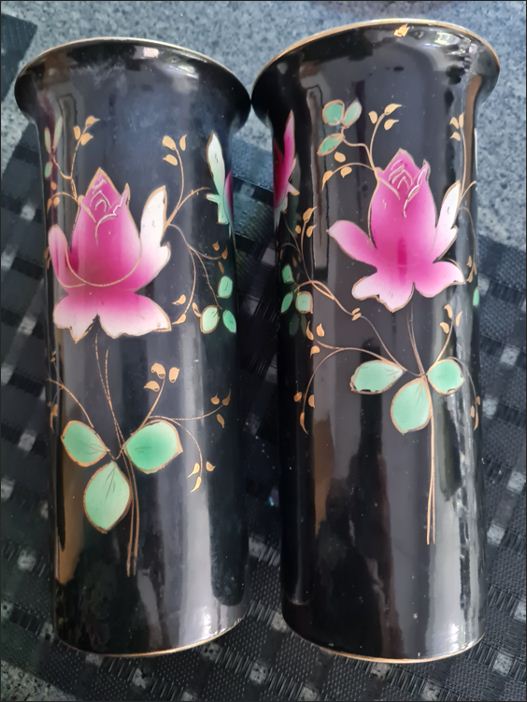 Hand painted art ware vases photos courtesy: Sandra Jorgensen |
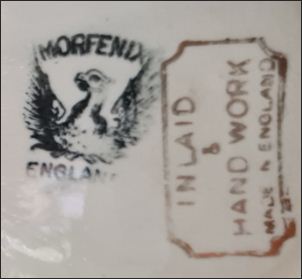 Morfenix Hanley Inlaid & Hand
Work |
Questions, comments, contributions? email: Steve Birks
|
Page created 26 January 2022 Updated 11 November 2025: Section on Morfenix Ware expanded. Last updated 2 December 2025: Example of 'Oriental' pattern added. |